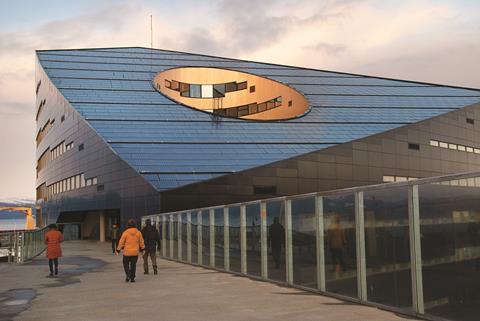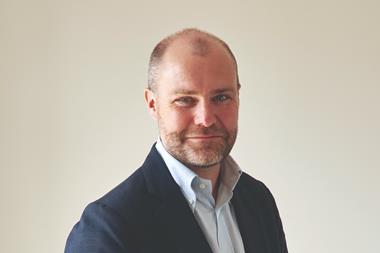Norway usually arouses little global interest – but in relation to its long-term practice of sustainable development, there is much that other countries can learn.

The term ‘sustainable development’ was defined in 1987 by my country’s then prime minister, Gro Harlem Brundtland, as “development that meets the needs of the present without compromising the ability of future generations to meet their own needs”.
Since then, Norway has focused on sustainable development and zero-emissions research. In 2020, the construction industry contributed 23% of the world’s carbon dioxide emissions, with around 5.5% coming directly from construction sites. Oslo was the first city to launch a zero-emission construction site, using only electric machinery. In 2020, fully fossil-free construction sites were introduced in Trondheim, Copenhagen and Helsinki.
The 130 firms within Oslo’s Business for Climate Network are working towards Oslo’s climate goals, which include zero-emission construction sites, creating strategies, toolkits and monitoring in the field of emission, reduction and adaption. Oslo Municipality also developed standard climate and environment regulations that measure violations as a proportion of contract value.

Norway also specialises in zero-emission neighbourhoods (ZENs), which aim to reduce direct and indirect greenhouse gas emissions, ideally to zero.
The priorities for the ZENs are to plan, design and operate buildings and infrastructure to become highly energy efficient through renewable energy and neighbourhood energy supply systems. Goals also include ways to manage energy flows and exchanges with the surrounding energy system in a smart, flexible way.
A university-backed FME Research Centre is piloting ZENs in smart cities and has developed nine test areas spread across Norway. Outcomes are tested through case studies, including Ydalir, in Elverum, where research into sustainability ranges from low emissions to social sustainability and is conducted among all stakeholders.
This work is now appreciated around the world: there is a lot that practitioners can learn from Norway.
Gina Dinesen is an architectural assistant in Boyer’s design team




























No comments yet